Mailing List
Sign up for our mailing list to get latest updates and offers.
Embarking on a romantic escape to Sikkim, a couple can expect a blend of adventure and tranquility in this enchanting region of India. Starting in Gangtok, they will explore cultural gems like the Rumtek Monastery and the bustling M.G. Road, while enjoying a scenic ropeway ride. A day trip to Tsomgo Lake and Baba Mandir promises breathtaking views and a touch of spirituality. Transitioning to Pelling, they’ll marvel at the panoramic vistas of the Kanchenjunga range and ancient sites such as Pemayangtse Monastery. Their journey continues to Lachung, where they’ll experience the serene beauty of Yumthang Valley and its hot springs. Returning to Gangtok for a final day allows for relaxation and last-minute exploration before departing from Bagdogra Airport. This meticulously crafted itinerary offers a perfect balance of romance, adventure, and cultural discovery, making for an unforgettable Sikkim holiday.
Arrival: Fly into Bagdogra Airport (the nearest major airport) and take a scenic drive to Gangtok, the capital of Sikkim. The drive takes about 4-5 hours and offers beautiful views of the hills. Check-In: Settle into a cozy hotel or boutique guesthouse in Gangtok. Options include The Elgin Nor-Khill or Mayfair Spa Resort & Casino for a touch of luxury. Evening Stroll: Explore M.G. Road, the heart of Gangtok, for some shopping and dinner at a local restaurant. You can enjoy Tibetan and Sikkimese cuisine.
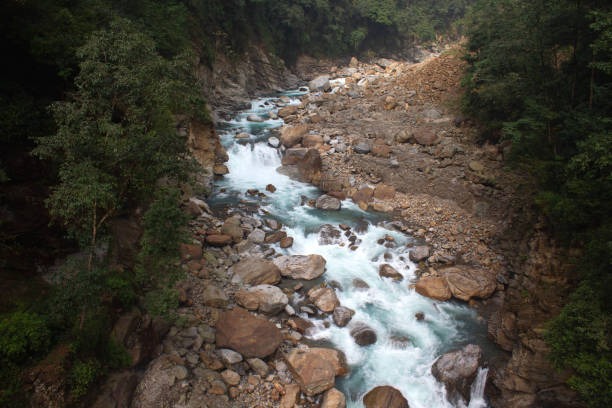
Morning: Visit the Rumtek Monastery, a prominent Buddhist monastery offering panoramic views and a tranquil atmosphere. Afternoon: Head to the Enchey Monastery and then to the Namgyal Institute of Tibetology to learn about Tibetan culture and art. Evening: Enjoy a peaceful walk at the Gangtok Ropeway for stunning views of the city and the Himalayas. Consider dining at a restaurant with a view, like the Terrace, for a romantic dinner.
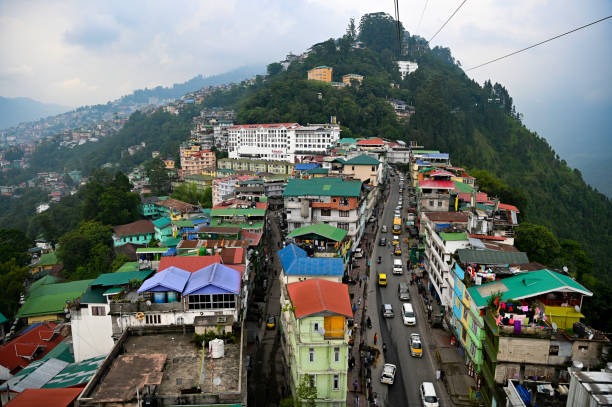
Morning: Take a day trip to Tsomgo Lake (also known as Changu Lake), located about 38 km from Gangtok. The lake is surrounded by snow-capped mountains and is especially beautiful. Afternoon: Visit the Baba Mandir, a shrine dedicated to an Indian soldier. On your way back, you can enjoy some local snacks or tea at roadside stalls. Evening: Return to Gangtok and relax or explore more of the local eateries and markets.
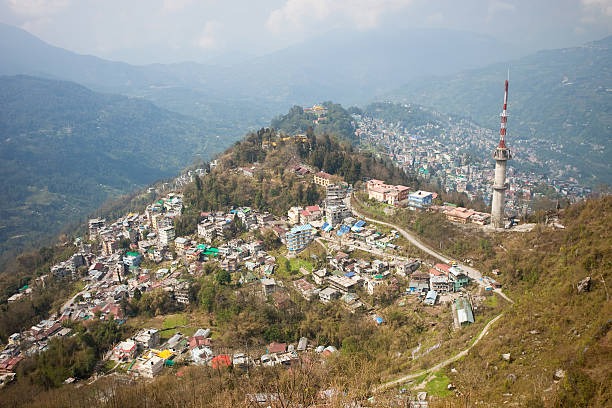
Morning: Depart for Pelling, a charming town about 115 km from Gangtok, known for its breathtaking views of the Kanchenjunga range. Check-In: Stay at a hotel like The Elgin Mount Pandim or The Royal Residency for a comfortable stay with great views. Afternoon: Explore the local sights such as the Pemayangtse Monastery and the Khecheopalri Lake, known for its spiritual significance and natural beauty. Evening: Enjoy a relaxed evening at your hotel or explore the local market for some souvenirs.
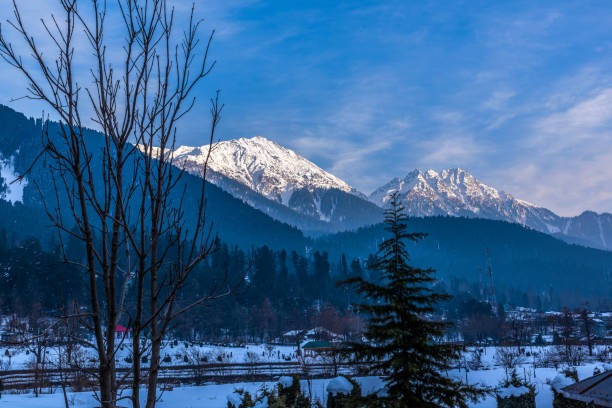
Morning: Visit the Rabdentse Ruins, the remnants of an ancient Sikkimese palace with fantastic views of the surrounding mountains. Afternoon: Take a short drive to the Singshore Bridge, one of the highest suspension bridges in Asia, for a thrilling experience and stunning scenery. Evening: Relax with a dinner at a local restaurant, enjoying the serene ambiance of Pelling.
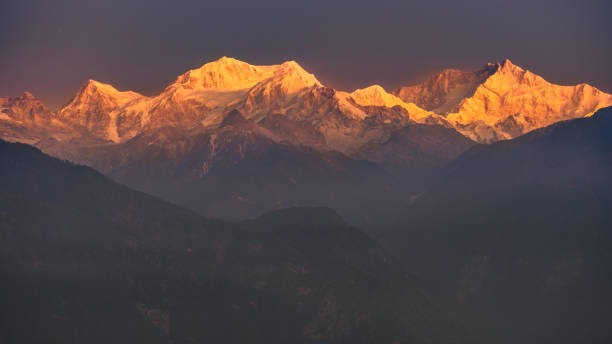
Morning: Head to Lachung, a picturesque village about 120 km from Pelling, known for its beautiful landscapes. The drive can take around 6-7 hours, so it’s a good idea to start early. Check-In: Stay at a charming guesthouse or hotel like the Yarlam Resort or Hotel Lachung for a cozy experience. Evening: Rest and acclimatize to the higher altitude. Enjoy the peaceful surroundings and perhaps a simple dinner at your hotel.
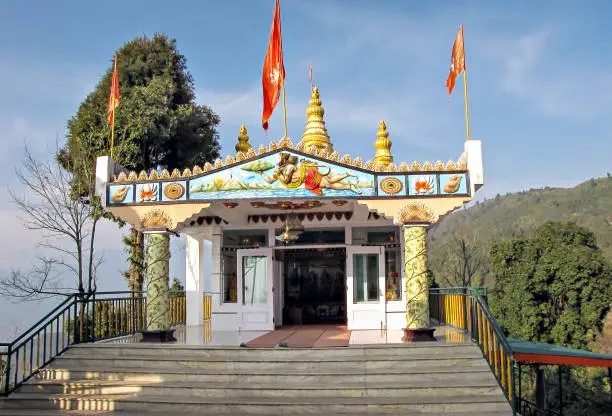
Morning: Take a trip to Yumthang Valley, also known as the Valley of Flowers. The drive is about 25 km from Lachung and offers breathtaking views. Afternoon: Visit the hot springs in the area and enjoy a picnic lunch amidst the scenic beauty. Evening: Return to Lachung, relax, and enjoy a warm dinner.
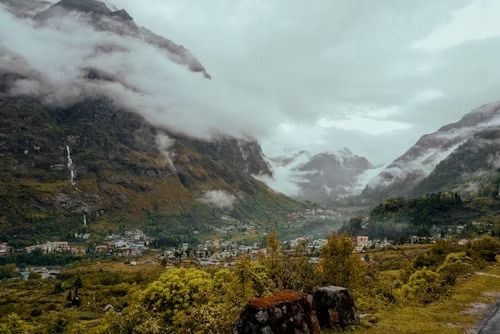
Morning: Drive back to Gangtok. This will be another long journey, so enjoy the scenic drive and make stops for photographs and refreshments. Check-In: Once back, check into your hotel in Gangtok. Evening: Spend your last evening in Gangtok exploring any places you might have missed or simply relaxing.
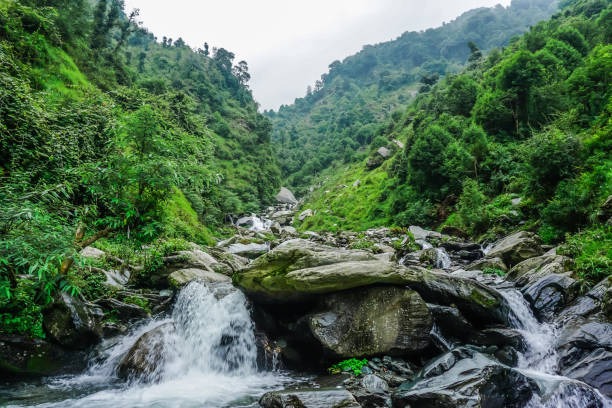
Morning: Depending on your flight time, you might have a few hours to do some last-minute shopping or sightseeing. Travel: Head back to Bagdogra Airport for your onward journey.
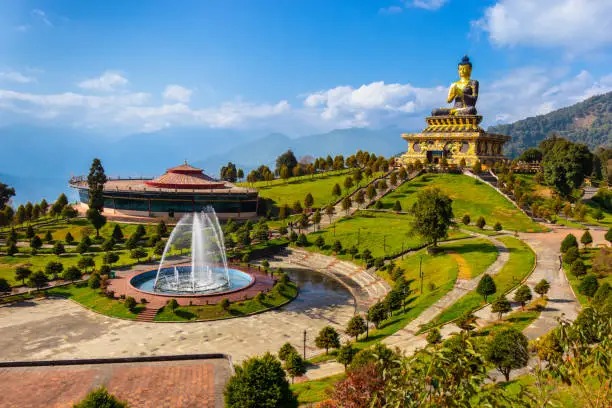
Answer: The best time to visit Sikkim is from March to June and September to December. These months offer pleasant weather and clear views of the Himalayas. The monsoon season (July to August) can bring heavy rainfall, which might lead to landslides and travel disruptions.
Answer: Indian tourists need a Protected Area Permit (PAP) to visit certain areas like Tsomgo Lake and Nathula Pass, which are close to the border. Foreign tourists need an Inner Line Permit (ILP) to visit Sikkim. Both permits can be arranged through travel agents or sometimes directly through government offices in Sikkim.
Answer: Sikkim's high altitude areas, such as Tsomgo Lake, can cause altitude sickness. To prepare: Acclimate: Spend a day or two in Gangtok before heading to higher altitudes. Hydrate: Drink plenty of water. Rest: Avoid strenuous activities immediately upon arrival at high altitudes. Medications: Carry medications for altitude sickness, such as Diamox, if needed.
Answer: Local transportation options include: Taxis: Shared or private taxis are commonly used for intercity travel. Private Vehicles: Hiring a private car with a driver can be more comfortable and flexible. Local Buses: There are state-run buses for longer routes, but they may not be as convenient for tourists.
Answer: Yes, Sikkim is generally safe for families. However, take standard precautions: Health: Keep an eye on children’s health, especially regarding altitude sickness and food hygiene. Safety: Follow safety guidelines for travel and outdoor activities.
Answer: Pack the following: Warm Clothing: Even in summer, temperatures can be chilly, especially in higher altitudes. Rain Gear: A raincoat or umbrella for unpredictable weather. Comfortable Footwear: For walking and exploring. Sunscreen and Sunglasses: High altitudes mean stronger UV rays.
Answer: Sikkimese cuisine includes dishes like momos (dumplings), thukpa (noodle soup), and gundruk (fermented leafy greens). Indian, Tibetan, and Nepali cuisine is widely available. There are also options for various dietary preferences.
Answer: While Sikkim is relatively safe, consider these health precautions: Vaccinations: Ensure routine vaccinations are up to date. Water: Drink bottled or boiled water. Food: Eat at reputable restaurants and avoid raw or uncooked foods.